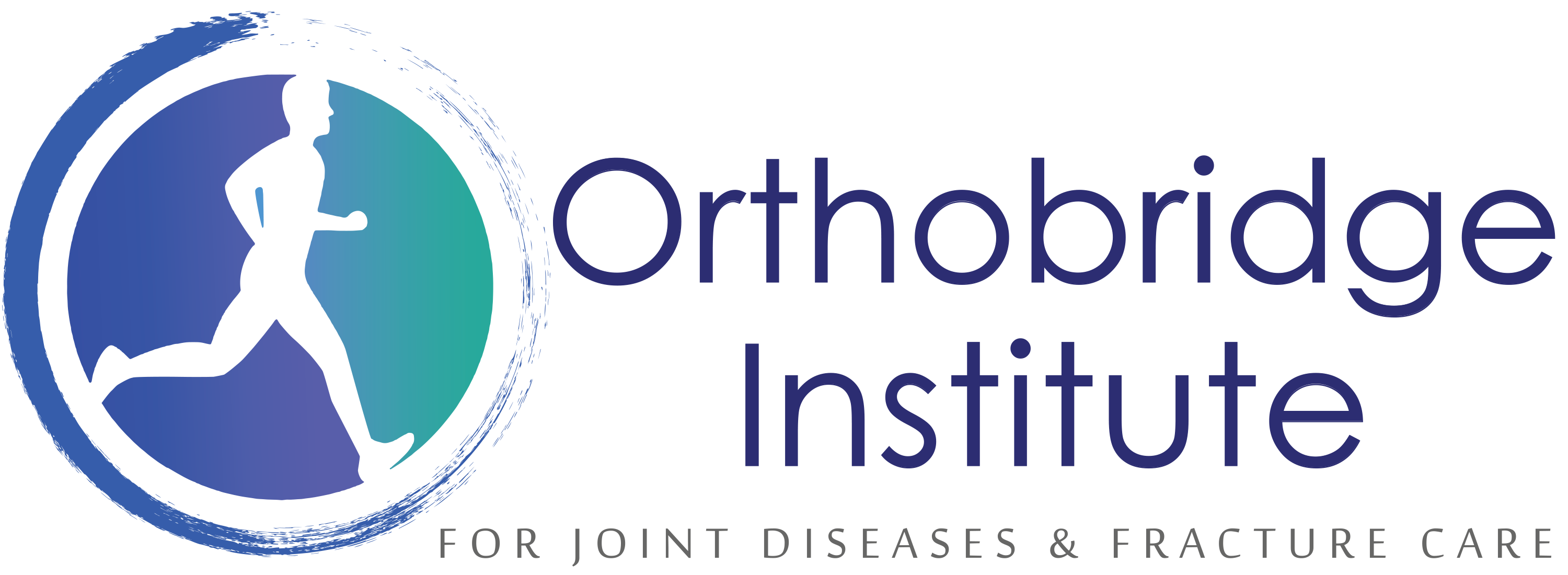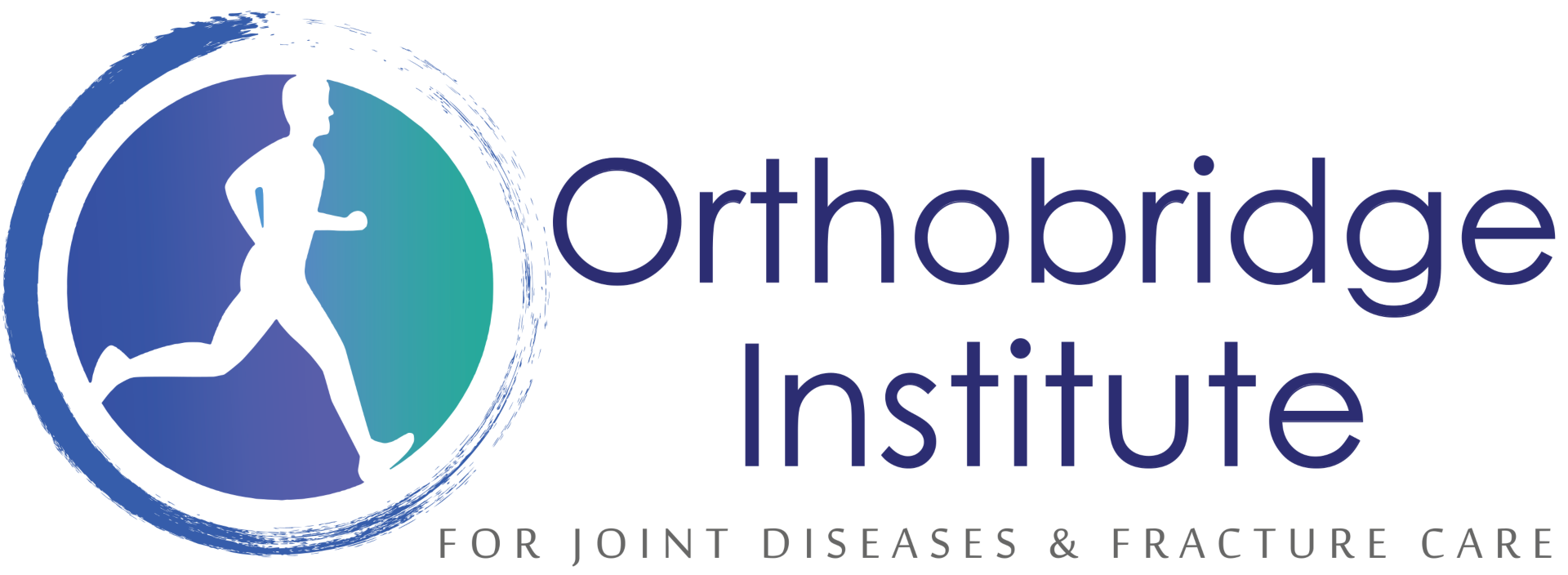Osteochondritis dissecans
Learn more about some common hip fracture here we treat at Orthobridge Orthopedic Centre.
Osteochondritis dissecans Treatment in Kenya.
Osteochondritis dissecans is a condition that occurs in the joints (the place where the end of one bone meets the end of another bone) when a lack of blood to the joint causes the bone inside to soften. This results in a small piece of the bone dying and separating from the larger bone. This bone piece, along with cartilage that covers and protects the bone, can then crack and break loose.
The loose bone and cartilage might remain in place, or they can move into the joint area, which causes the joint to become unsteady. The condition leaves a lesion where the bone and cartilage separate. The entire process can take months or even years, and symptoms may take a long time to appear.
Osteochondritis dissecans usually affects the knee at the end of the thighbone (femur), ankle and elbow. The condition can also occur in other joints, including the shoulder and hip.
Osteochondritis dissecans usually develops in just one joint. When only one lesion occurs in a single joint, the condition is known as sporadic osteochondritis dissecans.

Symptoms
Depending on the joint that’s affected, signs and symptoms of osteochondritis dissecans might include:
- Pain. This most common symptom of osteochondritis dissecans might be triggered by physical activity — walking up stairs, climbing a hill or playing sports.
- Swelling and tenderness. The skin around your joint might be swollen and tender.
- Joint popping or locking. Your joint might pop or stick in one position if a loose fragment gets caught between bones during movement.
- Joint weakness. You might feel as though your joint is “giving way” or weakening.
- Decreased range of motion. You might be unable to straighten the affected limb completely.
Causes
The cause of osteochondritis dissecans is unknown. The reduced blood flow to the end of the affected bone might result from repetitive trauma — small, multiple episodes of minor, unrecognized injury that damage the bone. There might be a genetic component, making some people more inclined to develop the disorder.
Risk factors
Osteochondritis dissecans occurs most commonly in children and adolescents between the ages of 10 and 20 who are highly active in sports.
Complications
Osteochondritis dissecans can increase your risk of eventually developing osteoarthritis in that joint.
How is osteochondritis dissecans diagnosed?
Your doctor will do a physical exam. They will ask you about your symptoms and your activities. They will check the joint to be sure it is stable. They will check for extra fluid in the joint. Your doctor will consider all the possible causes of joint pain. These could include fractures, sprains, damage to cartilage or ligaments, and osteochondritis dissecans.
If osteochondritis dissecans is suspected, your doctor will order X-rays to check all sides of the joint. If signs of osteochondritis dissecans are seen on X-rays of one joint, you may have X-rays of the other joint to compare them. After this, you may have MRI (magnetic resonance imaging) or CT (computerized tomography) imaging tests done. These tests can show whether the loose piece is still in place or whether it has moved into the joint space.


Osteochondritis dissecans treatment
A child with osteochondritis dissecans might not need much treatment. If the child is still growing, the bone and cartilage will probably heal on their own. Your child needs to rest their joint and avoid sports until their symptoms get better. This might mean they need to use a brace, a cast, or crutches for a while.
For grown children and young adults, the problems can be worse. If the loose piece is stable (still in place), home treatment can help with the symptoms. This can include:
- Resting the affected joint
- Bracing the joint when playing sports
- Treating pain and inflammation with an over-the-counter pain reliever and anti-inflammatory medicine, such as ibuprofen (brand name: Advil)
If the loose piece is unstable (meaning it has moved into the joint space), you might need surgery to remove it or secure it.


